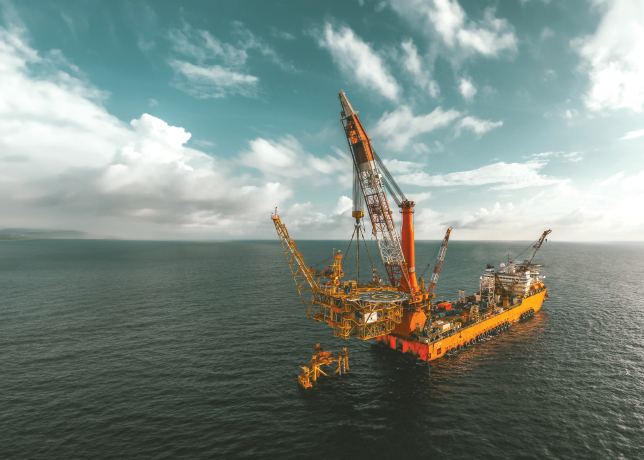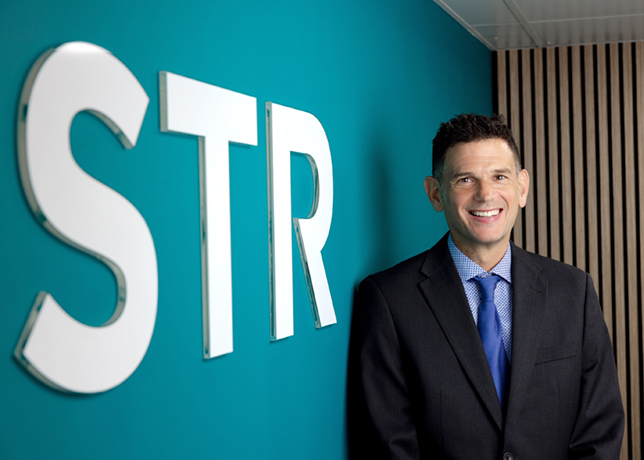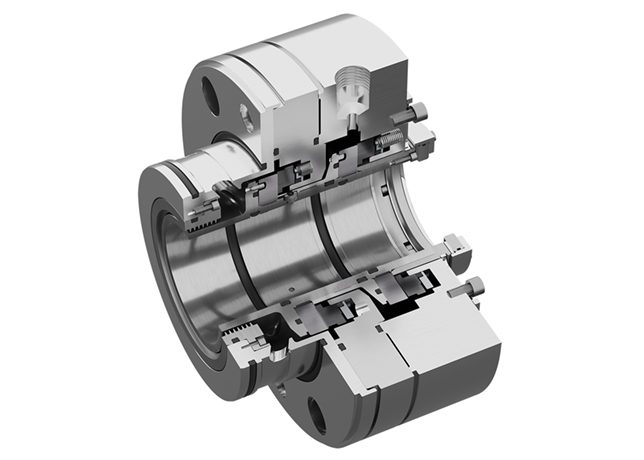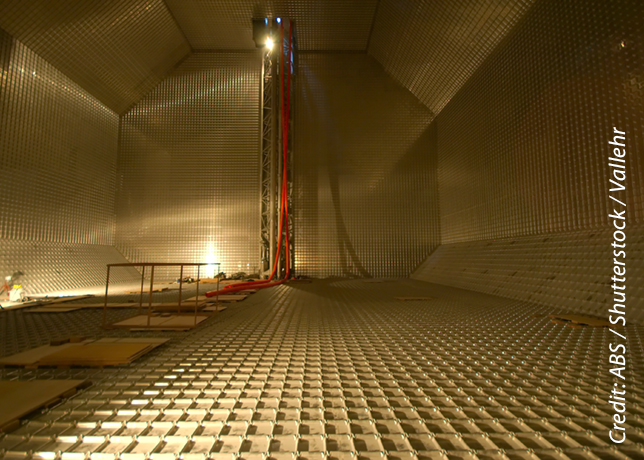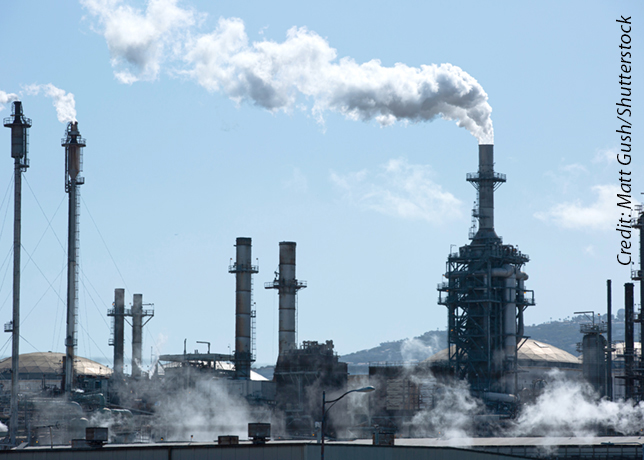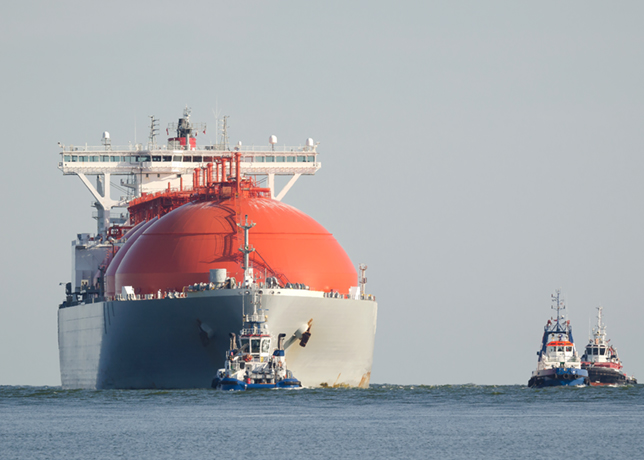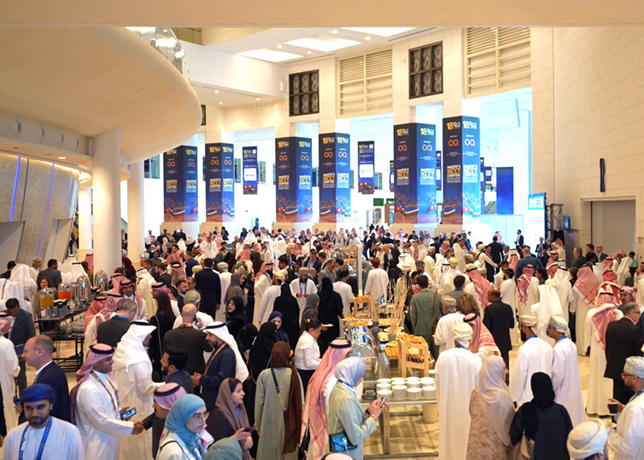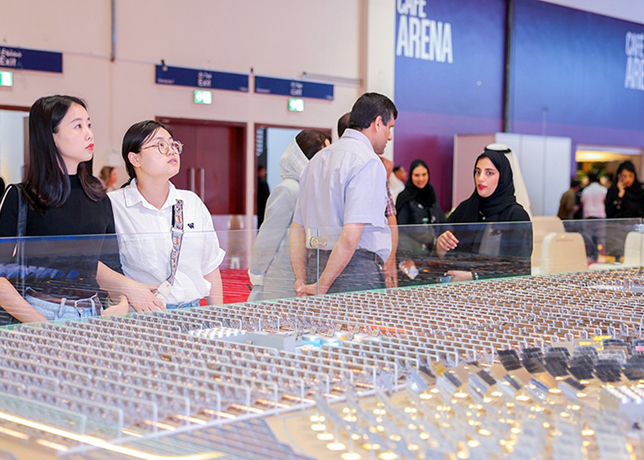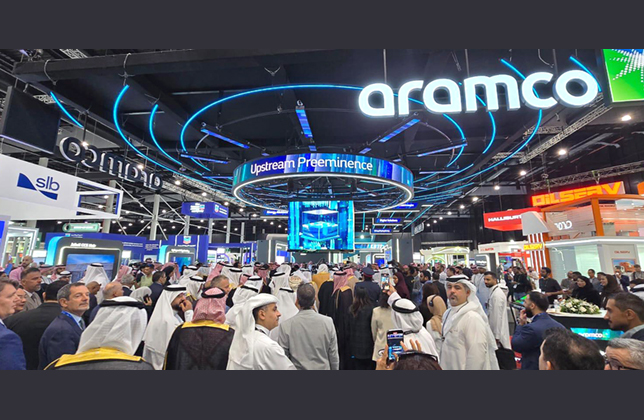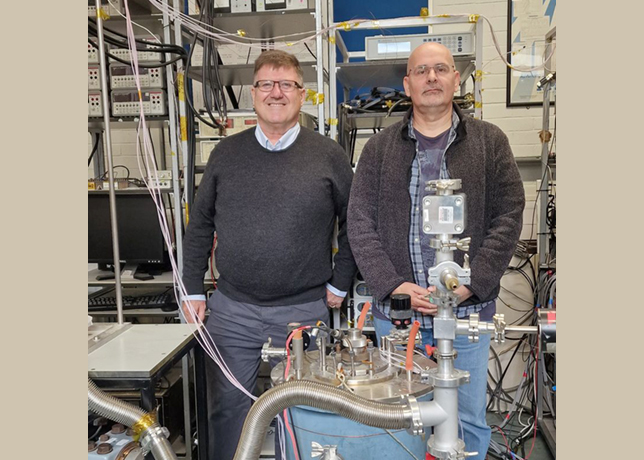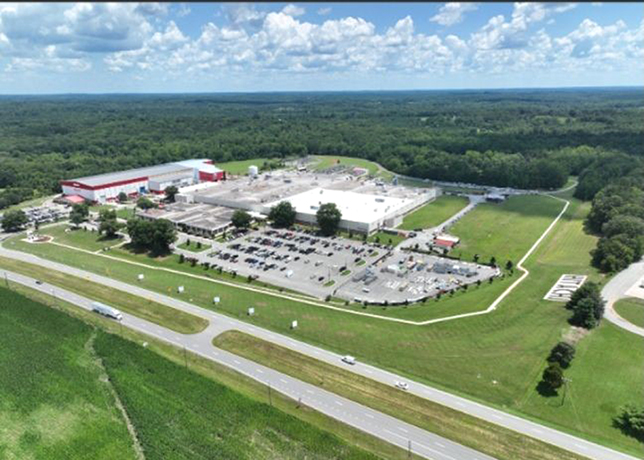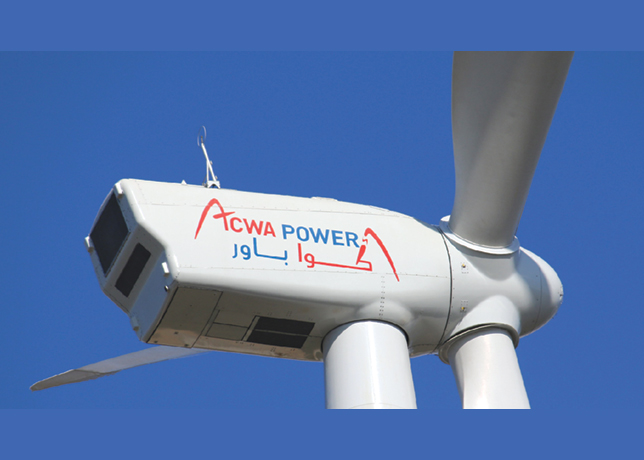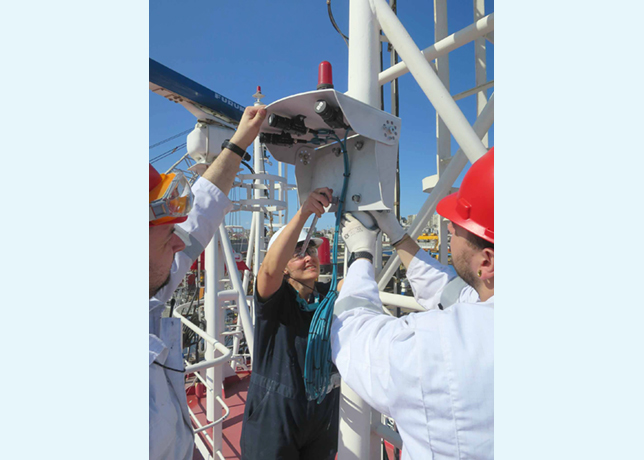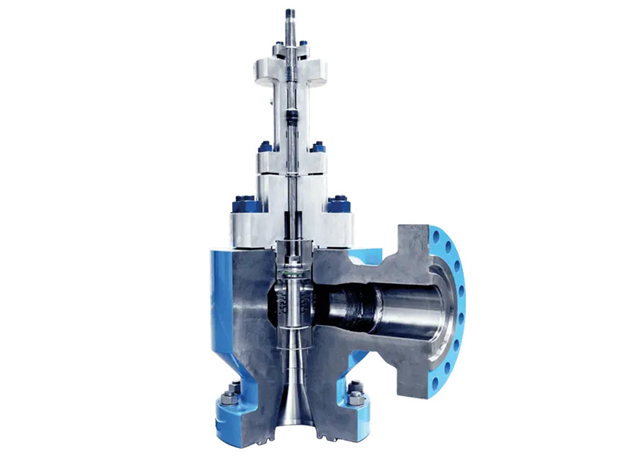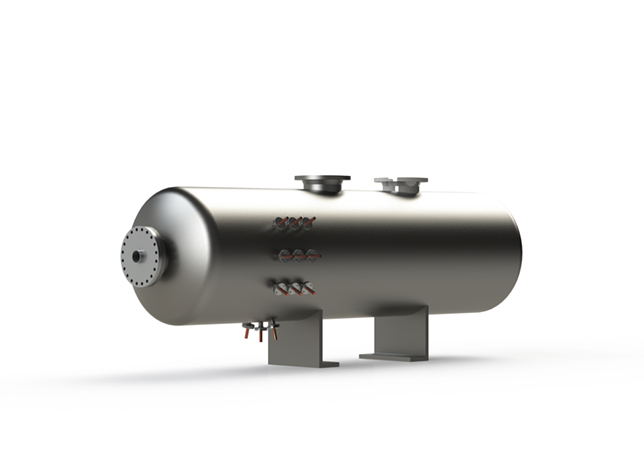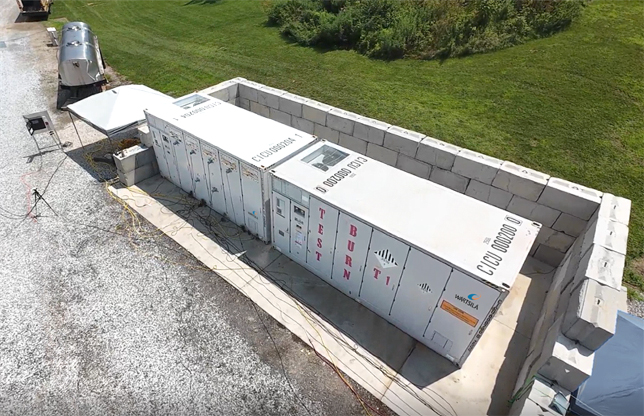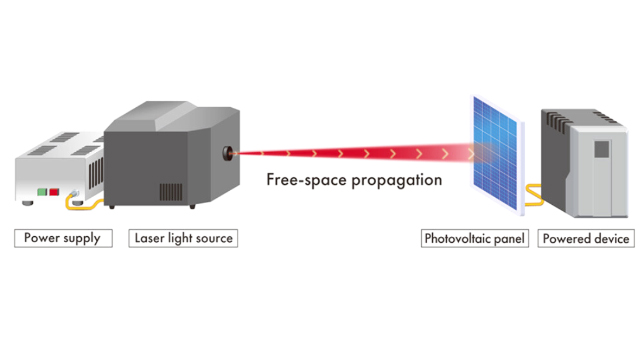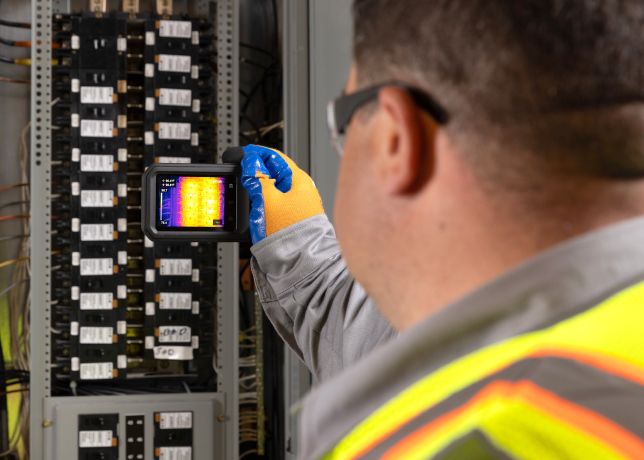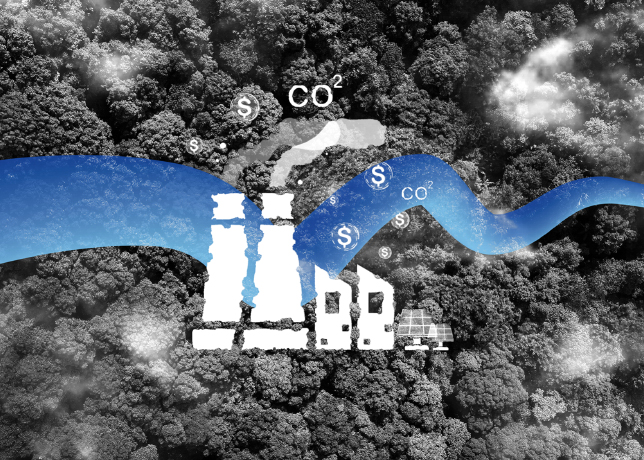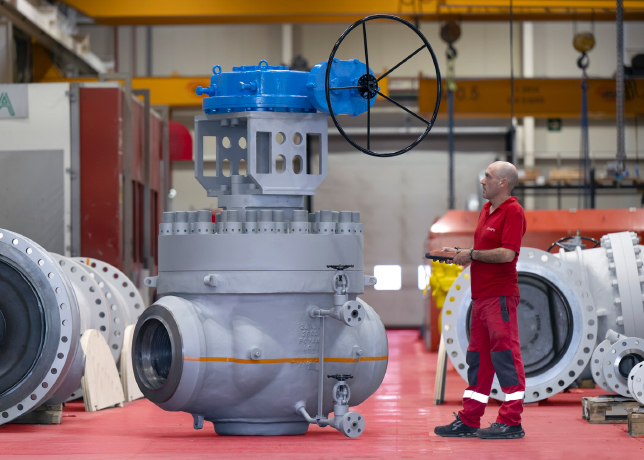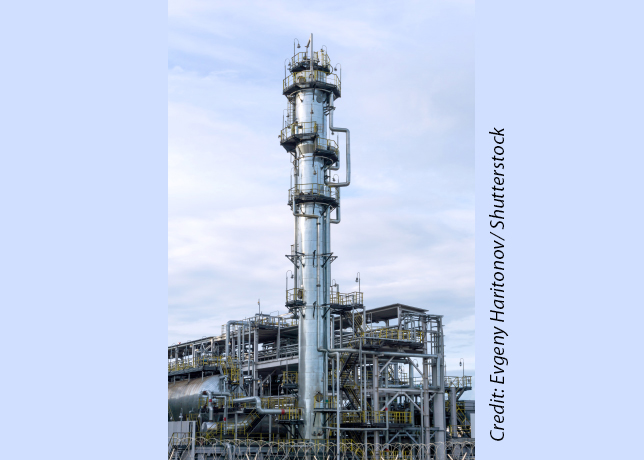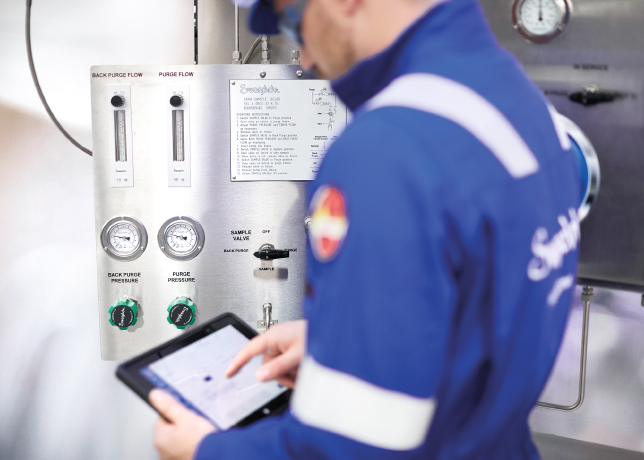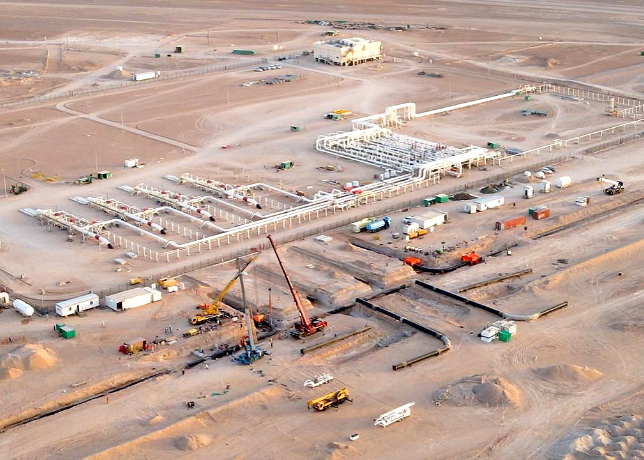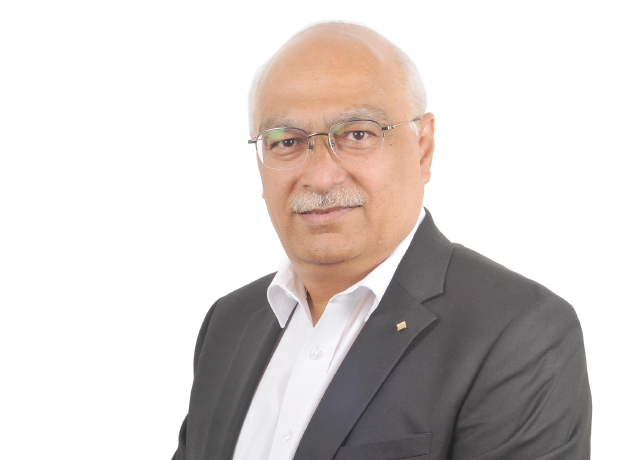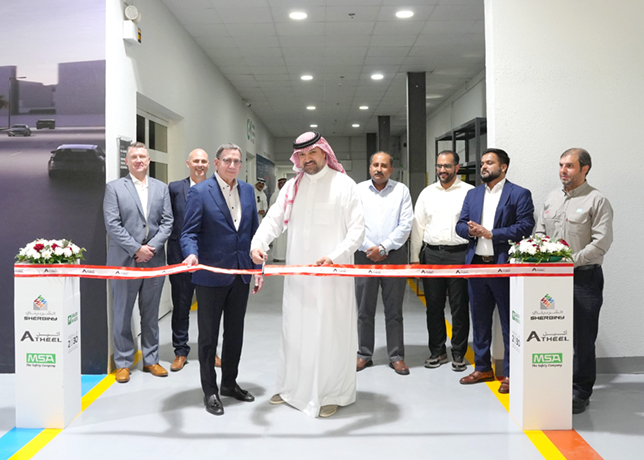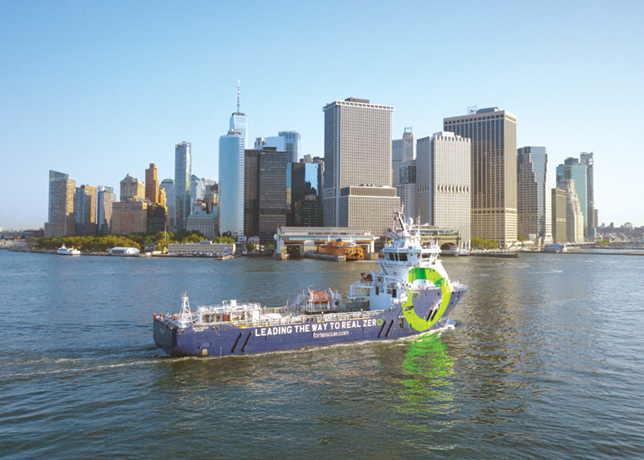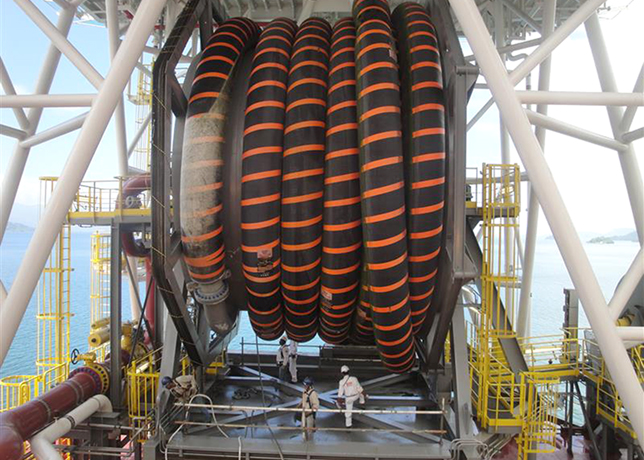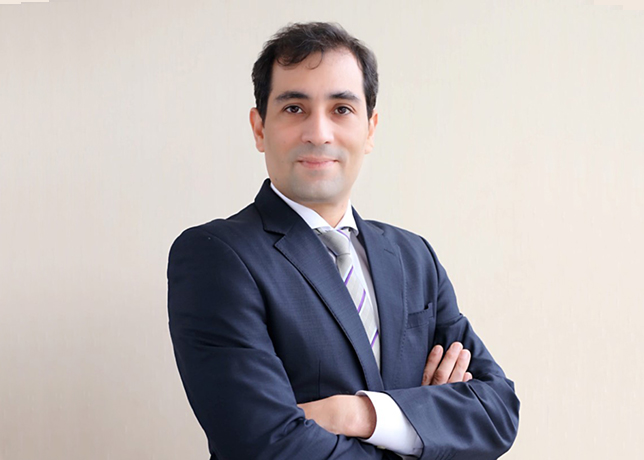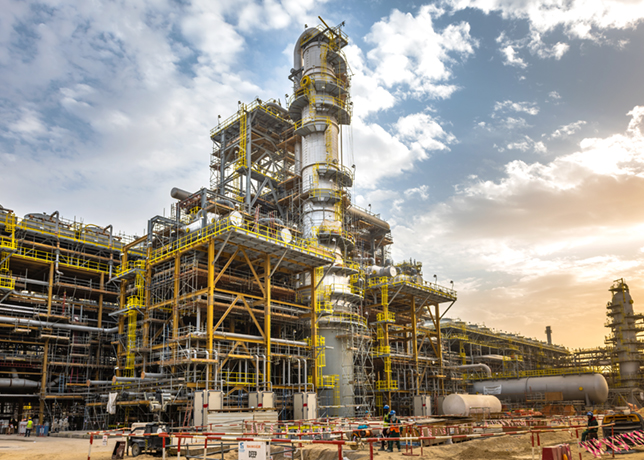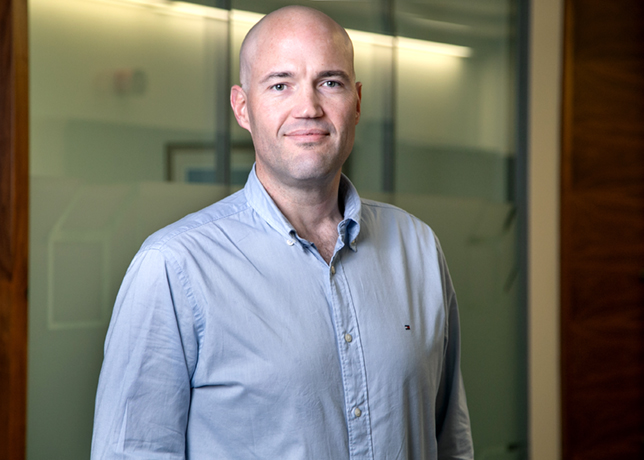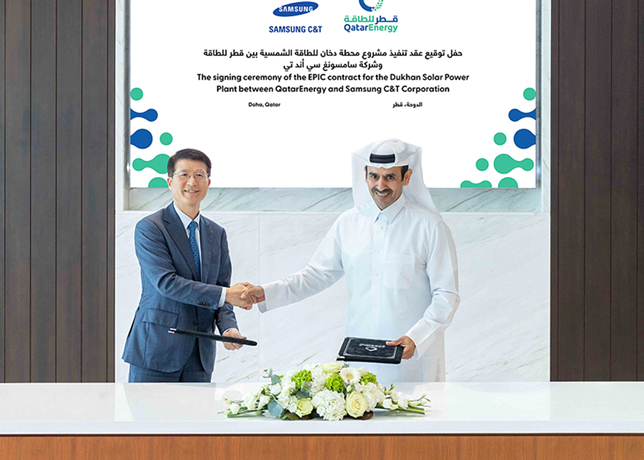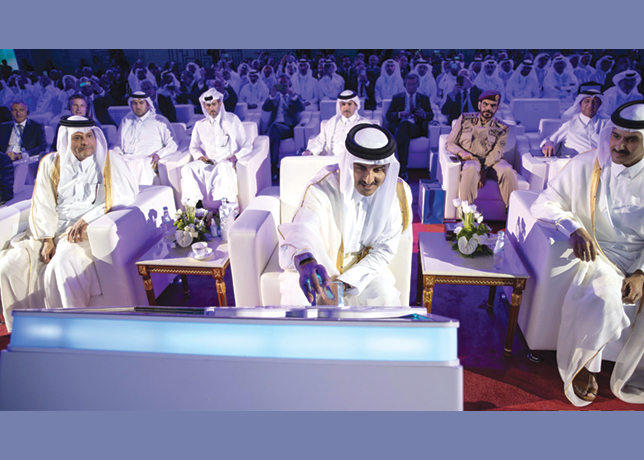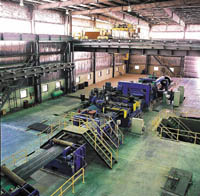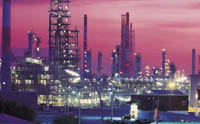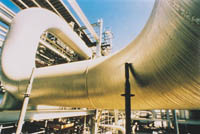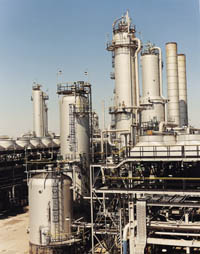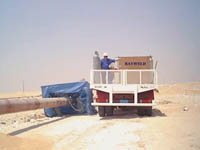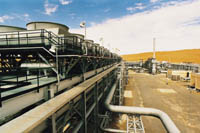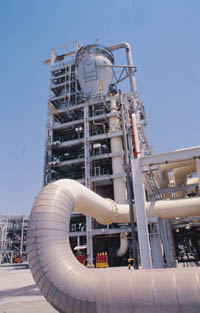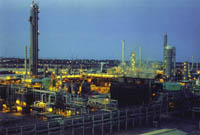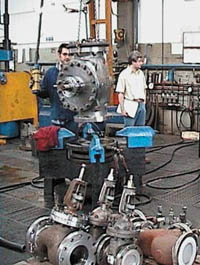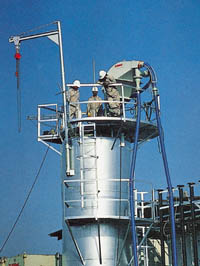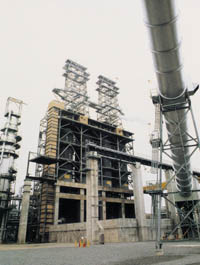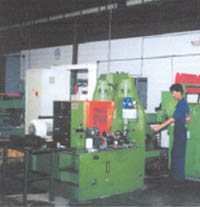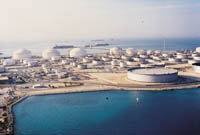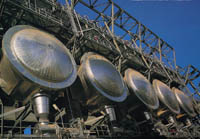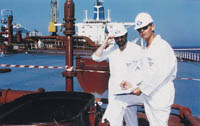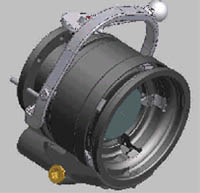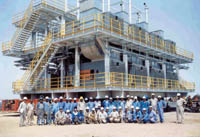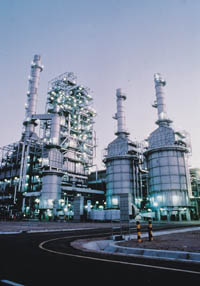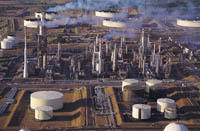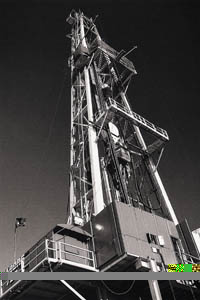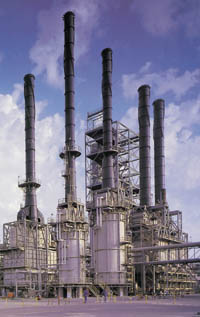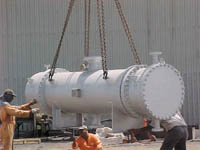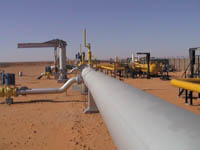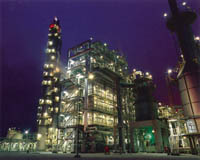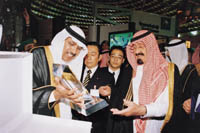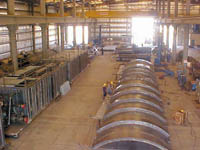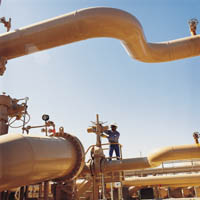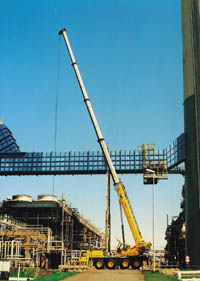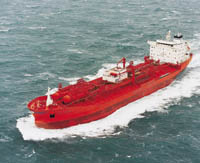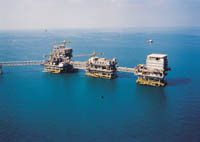

IN its role as a respected corporate citizen, Saudi Aramco takes its environmental responsibilities extremely seriously.
Detailed plans are laid out to counter any possible event, however unlikely.
This preparedness is fundamental to Saudi Aramco's swift response to an unexpected crisis and a number of recent exercises demonstrate the company's commitment to this aim.
The Saudi Aramco Northern Area Producing Department (NAPD) earlier this year, for example, led a successful joint sour gas leak mock drill in Jubail Industrial City in the Eastern Province, identifying a number of ways to improve crisis response significantly in the process.
Participating with Saudi Aramco in the two-hour drill were the Civil Defense, Industrial Installation Security Force (IISF), Coast Guard, Royal Commission Industrial Security, Saudi Aramco Shell Refinery (Sasref), Saudi Petrochemical Co. (Petrokemya), Cooling Plant, Saudi Petrochemical Co. (Sadaf) and Eastern Petrochemical Co. (Sharq). More than 150 people took part in the drill, according to Aramco.
The drill scenario focused on a sour gas leak from a Saudi Aramco pipeline that released a toxic cloud with a 1,350 m radius in the vicinity of Jubail's industrial plants and nearby community areas.
The mock drill concentrated on isolating the leak, controlling traffic in the overall area and evacuating affected areas, plants and communities. After the drill, nearly 50 representatives of the participating companies and organisations attended a critique meeting at Berri Gas Plant.
The drill was successful and fruitful, according to the NAPD, and was a good opportunity for Saudi Aramco to work together with the Jubail Area Mutual Aid Association members and government officials, sharing resources and ideas.
For an oil spill involving a tanker anywhere on Saudi Aramco's worldwide export routes, avoidance of accidents and strict compliance with high operating standards are part of tanker subsidiary Vela International Marine's day-to-day operations.
Despite maintaining the highest standards, shipping crude oil across the world's oceans does however carry some risk, both for the operator and the countries close to where the incident occurs.
For instance, severe weather, mechanical failures, navigational hazards and human error can all result in the unintentional discharge of oil into water.
The speed of response to such an incident may determine the scale of damage - either short term or long term.
Oil spill response capabilities have been strengthened over the years at Saudi Aramco through training and exercises.
Each year teams of experienced professionals in broad-based company disciplines gather to drill and refine procedures which would be undertaken in a real incident.
Many such drills are held jointly with foreign governments and organisations to share expertise and fulfil international maritime requirements.
In the latest tanker exercise, a supertanker at Jiddah Refinery's Terminal Main Pier No.1 was the scene of a successful oil spill and fire prevention drill.
The drill simulated an overflow of light crude oil in one of the vessel's storage tanks during a loading operation. With the tanker leaning aft, operators immediately stopped loading, according to Saudi Aramco.
According to the scenario, a short circuit in some unsecured electrical connections resulted in fire. The pier master immediately declared a tanker disaster.
Terminal employees began cooling operations to prevent terminal equipment from catching fire and terminal fire fighters and fire-fighting vessels were called in.
Three Jiddah Islamic Terminal boats also arrived to help quickly contain the fire and tow the tanker away from the pier.
Saudi Aramco's Oil Spill Response Team participated in the incident.
Saudi Aramco also constantly looks for ways to improve the handling of industrial wastes from its vast range of Kingdom-wide facilities.
More than 60 hydrocarbons plants - including refineries and gas processing plants - as well as an extensive products distribution network, storage and shipping terminals - all come under Saudi Aramco's scope of operation.
The company's Master Plan for Industrial Waste Management has identified the particular waste management needs of each plant, as well as the types of waste generated, such as oily wastes, leaded sludge or potentially hazardous waste material.
Under a study by Saudi Aramco's Engineering Services organisation, the country has been divided into three regions and cost-effective waste management solutions identified for each region.
The Master Plan has identified the need for a number of different treatment and disposal units, including oily waste landfarms, leaded sludge treatment and disposal areas, and storage and consolidation areas for potentially hazardous waste materials.
The Plan has also identified a need for a national incineration capacity to handle potentially hazardous waste materials.




